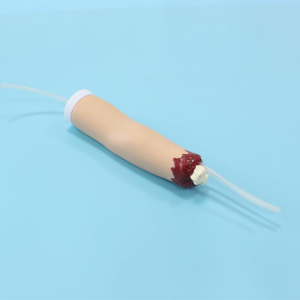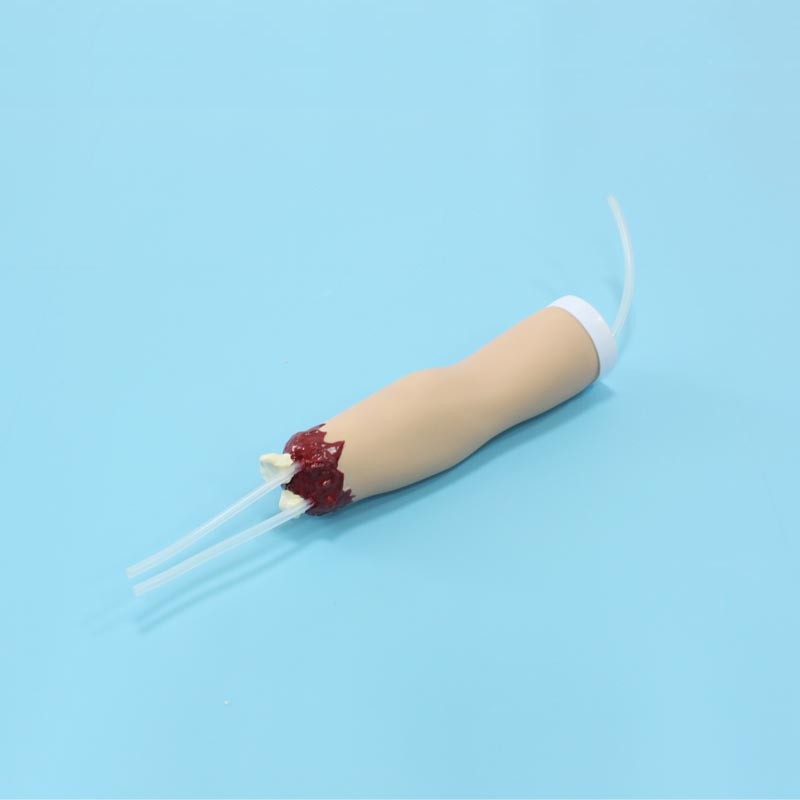ADA MED SUPPLY LIMITED
Phone:+86 19937901373
Tel:+86-0379-65160607
Email:adaanatomy@adaanatomy.com


Mastering hemostatic techniques is essential for both medical professionals and the general public. In emergency situations, quick and effective hemostasis can save lives and reduce injuries. As a training tool to simulate the real situation, the hemostatic model of upper limb trauma amputation provides us with an ideal platform to learn and practice hemostatic skills.

The hemostatic model of upper limb trauma amputation is usually made of high-quality simulation materials, which can simulate the real human structure and physiological response. By simulating the bleeding situation of the injured limbs of the upper limbs, we can carry out hemostatic operation on the model and learn and master various hemostatic skills.
There are several obvious advantages of using the hemostatic model of upper limb trauma for training. First of all, the model can simulate the real bleeding situation, so that we can operate in a safe environment, avoiding the risks that may be brought about in actual operation. Secondly, the model can be used repeatedly, providing us with multiple practice opportunities to help us master hemostatic techniques. In addition, the model can also simulate different bleeding conditions, such as arterial bleeding, venous bleeding, etc., so that we can understand the methods and skills of hemostasis in different situations.
During the training process, we can choose the appropriate hemostatic method according to different bleeding conditions. For example, in the case of arterial bleeding, we can use shiatsu hemostasis, using the thumb or index finger to apply pressure on the proximal end of the bleeding artery to block the blood flow. In the case of venous bleeding, we can use pressure dressing, bandage the wound with gauze or bandages, increase the external pressure of the wound, and promote blood coagulation.
Through repeated practice and practice, we can gradually master the skills of hemostasis and improve our ability to respond to emergencies. At the same time, we also need to pay attention to keeping calm, decisive and rapid in the process of hemostasis, to ensure that the operation is correct and effective.
In short, the hemostatic model of upper limb trauma amputation is a very practical training tool, which can help us learn and master hemostatic skills and improve the ability to cope with emergency situations. In the medical field and daily life, it is very important to master hemostatic skills, we should pay attention to and strengthen the study and practice in this area.